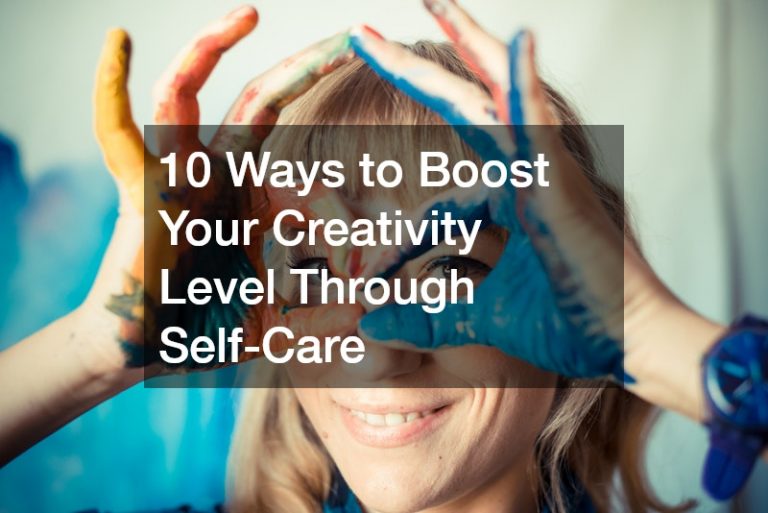Any brand can be found on the Internet these days. If a brand has no online presence, people may perceive it as illegitimate. That’s how digitalized our lives have become. The Internet has become a way to validate almost every aspect of our lives.
While brands have found numerous benefits from having an online presence, they also stumbled upon challenges. All brands now compete using content, so it’s becoming harder to come up with something unique. If one ad goes viral, a competitor cannot simply imitate that content, or they’d be labeled copycats. It’s strange because, before the Internet and digital technology, rival brands usually copied each other’s antics. The brand with the wittiest comeback or tagline wins.
Today, it’s a battle of whose content can maintain its relevance the longest. Your brand may be viral today, but tomorrow, another content could outperform it. You’d be nothing more than a one-hit wonder until you redeem yourself.
So how will your content beat the odds?
1. Use a Content Management System
Brands today aim to engage instead of simply catching attention. For an ad or marketing campaign to succeed, the audience must resonate with the brand’s content. That’s why many companies keep up with the trends and sometimes make slogans using the latest buzzwords. It’s their way of identifying with their audience.
Using a content management system (CMS) will help brands produce content that would reach different channels. But they shouldn’t settle with a traditional CMS, like WordPress. Instead, they should upgrade and work with a headless CMS developer.
The difference between a traditional CMS and headless CMS is this: A traditional CMS lets brands create and share content on their websites or through an app. A headless CMS lets brands deliver content beyond websites and apps. As such, if your marketing team creates a series of mini-sites, they can go straight to the headless CMS and start developing content instead of waiting for specialists who build CMS-based templates.
In turn, your brand saves time, money, and resources and produces quality content where it’s needed. Your audience can search for your brand on any app, and they’d find the same content you put on your website there.
2. Find a Great Hook, But Don’t Use it as Bait
When YouTube videos started becoming monetized, content creators came up with clever ways to increase their views. One of the most common tactics done was using a “clickbait” title. It aimed to intrigue viewers and made them watch the video, only to realize that the actual content had little to do with the title.
While this trick worked, avoid using it. It will make your brand seem unprofessional and tacky. Besides, internet users are now wiser. They can now tell the difference between a real hook and a bait. They won’t fall for intriguing content titles anymore.
Make your headline or title include specific and actionable information. Think the back of a book; it contains the gist of the plot and what’s at stake for the hero. This pulls the reader in and makes them want to see more. So use a similar strategy for your content titles. Draw an emotional response, and you’d get the reaction you’re aiming for.
3. Don’t Forget Professional Networks

Professional networks like LinkedIn should be included in your content marketing plan, too. And not because you need to recruit talent. Rather, it’s because LinkedIn exposes your business to millions of connections, which you can use to forge relationships and boost your brand.
If you’re a small business, you can zero in on the exact industry, company size, and job roles of the audience you’re targeting. This is especially helpful if you’re a B2B business. You can set your ad campaigns to only show up on companies within your target market. LinkedIn will allow you to select the company size, location, and industry of the audience you want to sell to.
4. Engage the Sense of Sight
The typical audience is best drawn to visuals. As such, research found that infographics are the most frequently shared type of content. True enough, it’s easier to understand statistics when presented creatively. The design of an infographic also makes even the grimmest information fascinating to read.
But you don’t have to strictly use an infographic to be viral. You can use high-quality photos, digital posters with simple yet captivating designs, and polls, which you can post as an Instagram story. The key is to make your visuals stand out. It would quickly spread the word about your new product line, special deal, promotion, or event.
After using all of these strategies, though, remember that becoming viral happens purely by chance. So don’t try too hard that it would be obvious. Stay true to your brand, and everything will fall into place.



